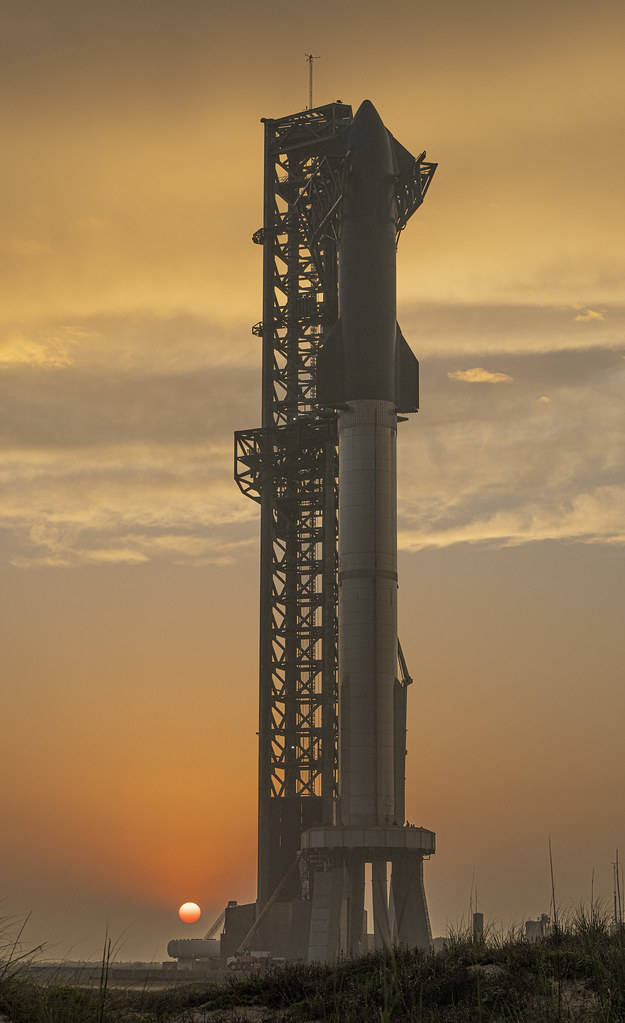
Mishaps tend to leave fingerprints on engineering design, and Block 2 Starship has been racking them up at an awkward rate. From methane tank pressurization failures to catastrophic COPV ruptures, every wrong step has compelled SpaceX engineers to pull back yet another layer of the vehicle’s intricacy.
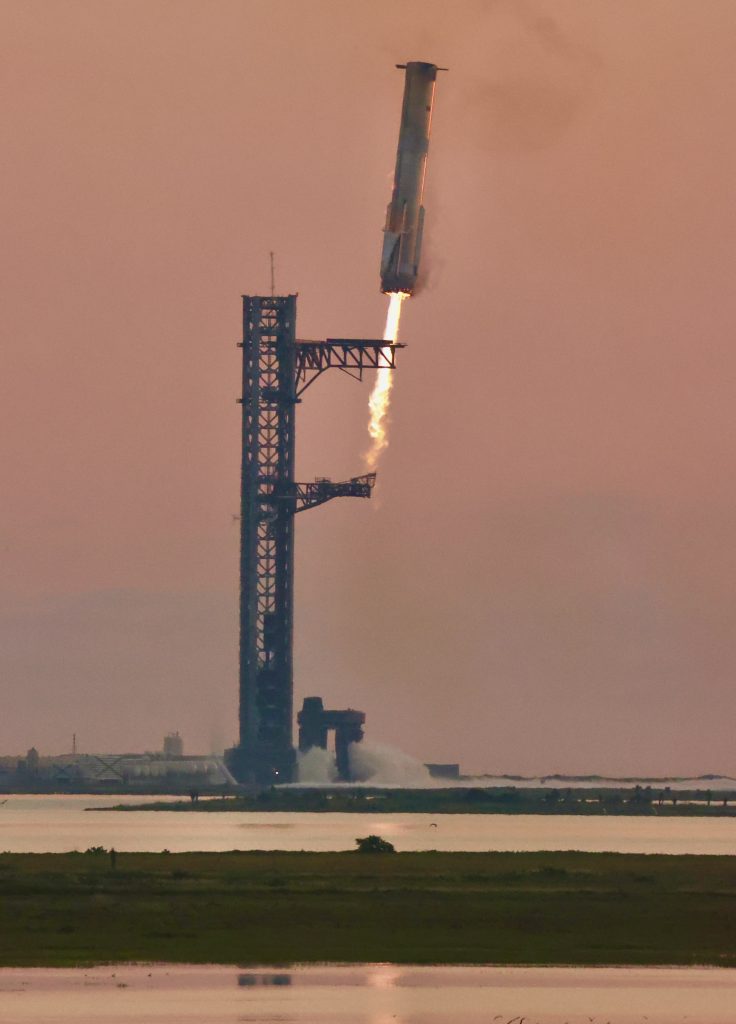
Flight 10, scheduled for no earlier than August 24 at 6:30 p.m. CDT, will be the second-to-last opportunity for the Block 2 configuration to demonstrate it can endure a full mission profile before the program shifts to Block 3.
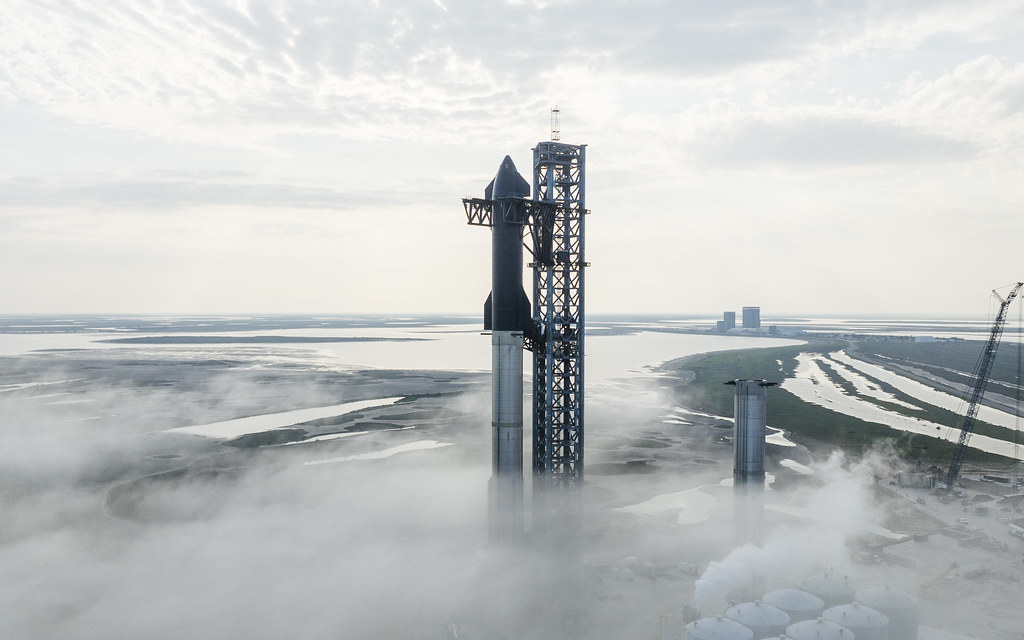
1. A String of Costly Setbacks
The Block 2 campaign started off in January with Ship 33 and Booster 14. Although the booster performed a perfect catch, the ship fell victim to fires in its attic and engine bay attributed to harmonic vibrations before breaking up over the Caribbean. Flight 8 in March duplicated the success of the booster but lost Ship 34 to a Raptor mount preload failure, in which incorrect torque on mounting bolts created propellant leaks that caused a cascading engine failure. Flight 9 in May took Ship 35 beyond Second Stage Engine Cutoff before a failure of a methane tank diffuser incapacitated pressurization, disrupted payload bay conditions, and activated an uncontrolled reentry. Next was June’s ground-test tragedy: Ship 36 was destroyed when a nitrogen COPV in the payload bay exploded beneath proof pressure, commingling LOX and methane in a ferocious chain reaction that destroyed Massey test stand.
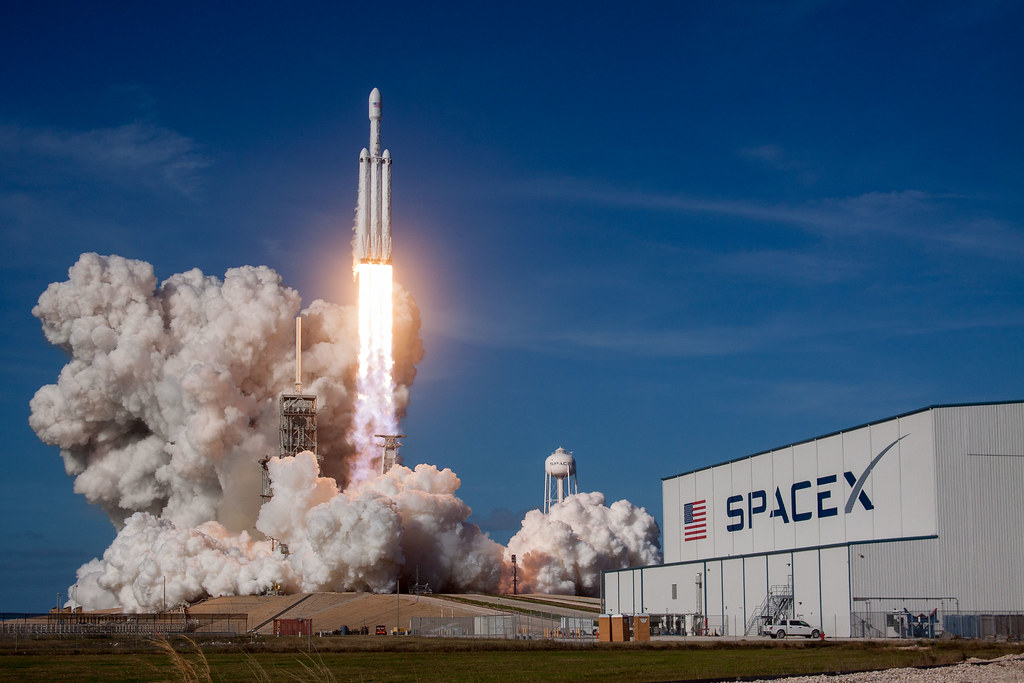
2. Engineering Corrections on Ship 37
Ship 37 boasts targeted upgrades designed to remove these failure modes. The methane tank diffuser has been strengthened structurally in order to more equally distribute autogenous pressurization gas, minimizing localized thermal and mechanical stress. COPV handling has been revolutionized operating pressures reduced, inspection regimes increased, non-destructive evaluation techniques added, and external covers installed for both protection and visual damage indicators. These modifications come on the heels of SpaceX’s own acknowledgement that the Ship 36 rupture was “the first time ever for this design.”
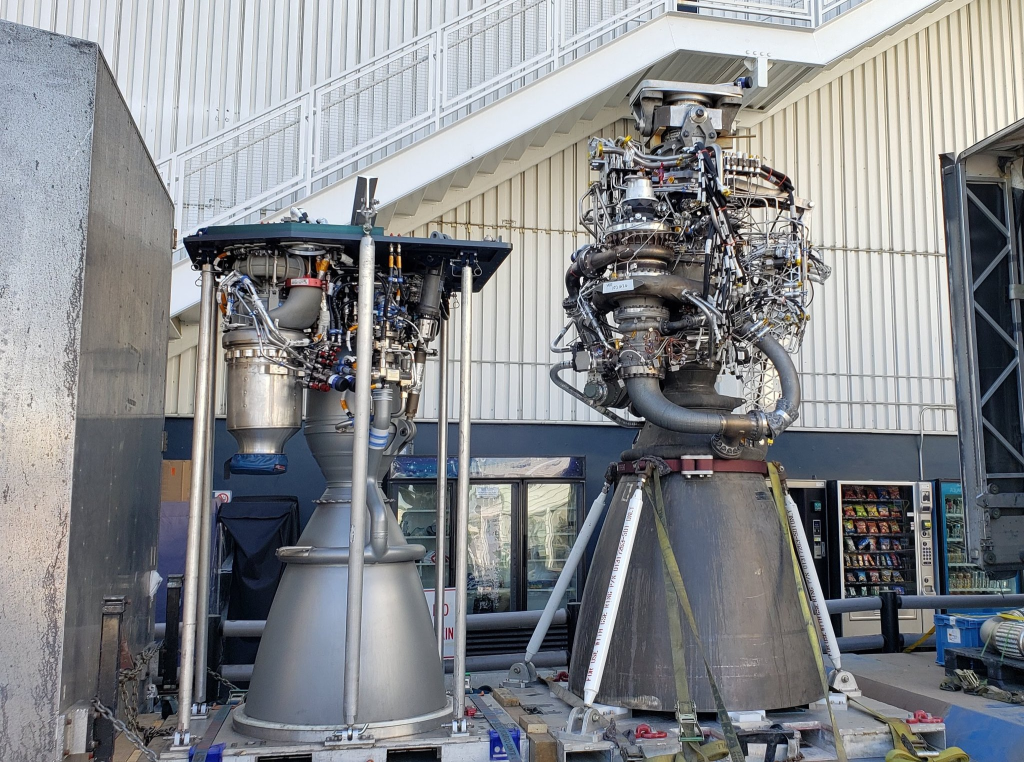
3. Raptor Engine Testing and Integration
With Massey’s stand offline, SpaceX made do with a makeshift static fire capability at Pad 1A, attaching a modified transport stand to the booster’s quick-disconnect lines. Ship 37 received single-engine and six-engine static fires, as well as a spin prime after replacing a Raptor Vacuum unit. The Raptor family 33 sea-level engines on Super Heavy and six on Starship is still at the heart of SpaceX’s deep-space vision, with high chamber pressures and full-flow staged combustion allowing for efficient methane/LOX operation for lunar and Mars missions.
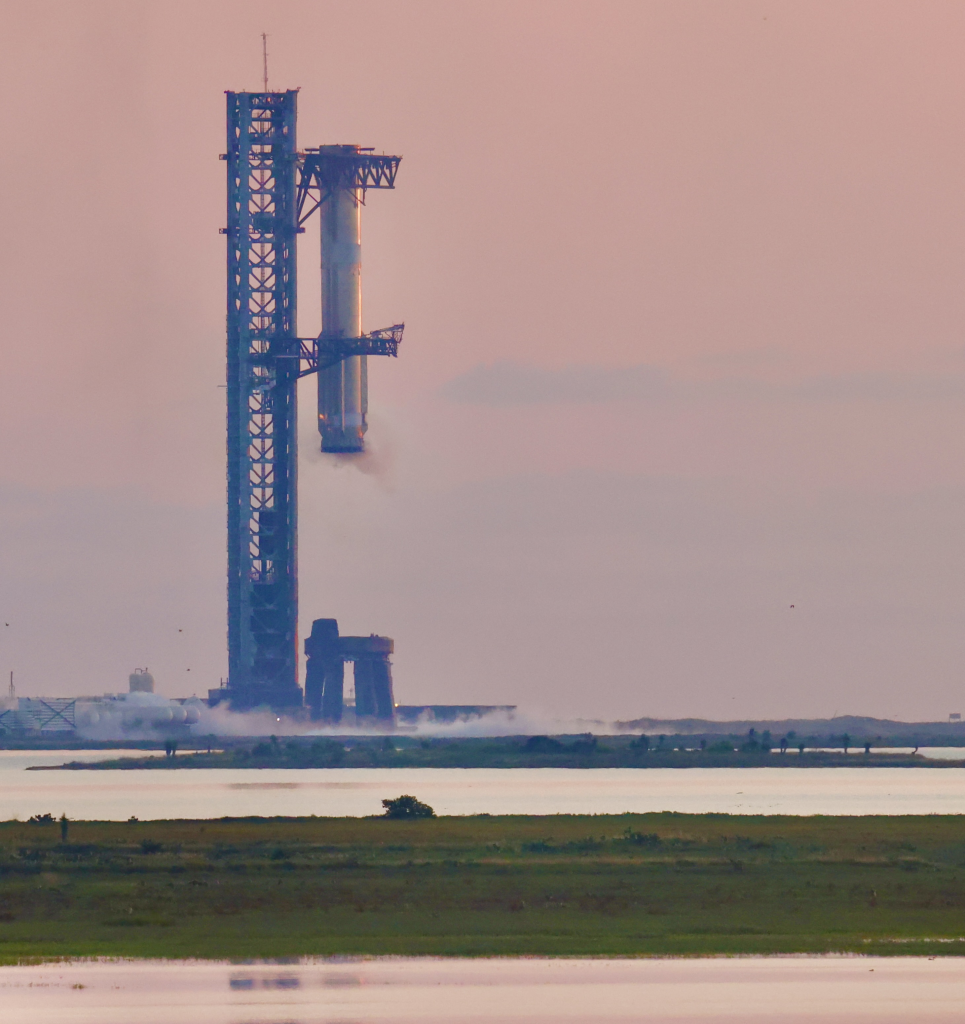
4. Super Heavy Booster 16 Experiments
Booster 16 will have a controlled flip, extended boostback fire, and landing sequence to mimic engine-out conditions. One of the three core-landing Raptors will be deliberately disabled, with a mid-ring engine continuing before switching to a two-engine hover over the Gulf. These tests will investigate structural loads, fuel transfer tube durability, and engine redundancy concepts information paramount for future pad catches.
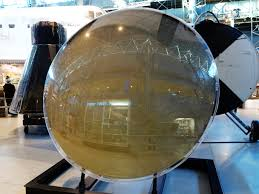
5. Heat Shield Trials Under Extreme Conditions
The top stage will transport an assortment of thermal protection tests: metallic tiles, one actively cooled; intentionally missing tiles to expose stainless steel skin; and sanded tile edges to reduce hot spots seen on Flight 6. The reentry profile will stress rear flap structures to their maximum loads at peak dynamic pressure. Controlled reentry data have so far eluded Block 2, and this is the first true chance to check these designs in flight.
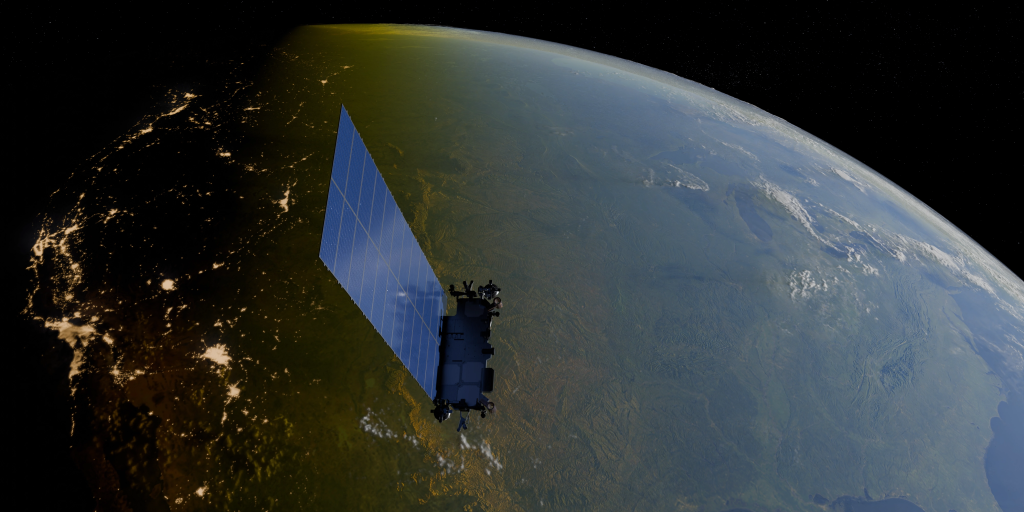
6. Payload Deployment and In-Space Burns
Eight Starlink simulators mass and volume analogs to the V3 satellites will be deployed if Ship 37 retains attitude control. A Raptor Vacuum relight during coast will ensure restart reliability, a requirement for orbital flights and lunar descent burns. Previous flights did not achieve this stage because of pressurization and attitude anomalies.
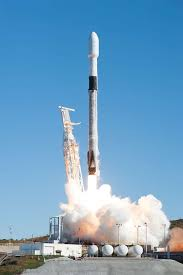
7. Timeline and Launch Profile Adjustments
Ship 37 propellant loading will be 83 seconds longer, reportedly a result of updated COPV procedures. Post-launch activities are otherwise little different, although Booster 16’s boostback burn will be 10 seconds longer than that for Flight 9. The flight once more will be suborbital, with Gulf splashdowns for the booster and ship and an Indian Ocean splashdown for the ship.
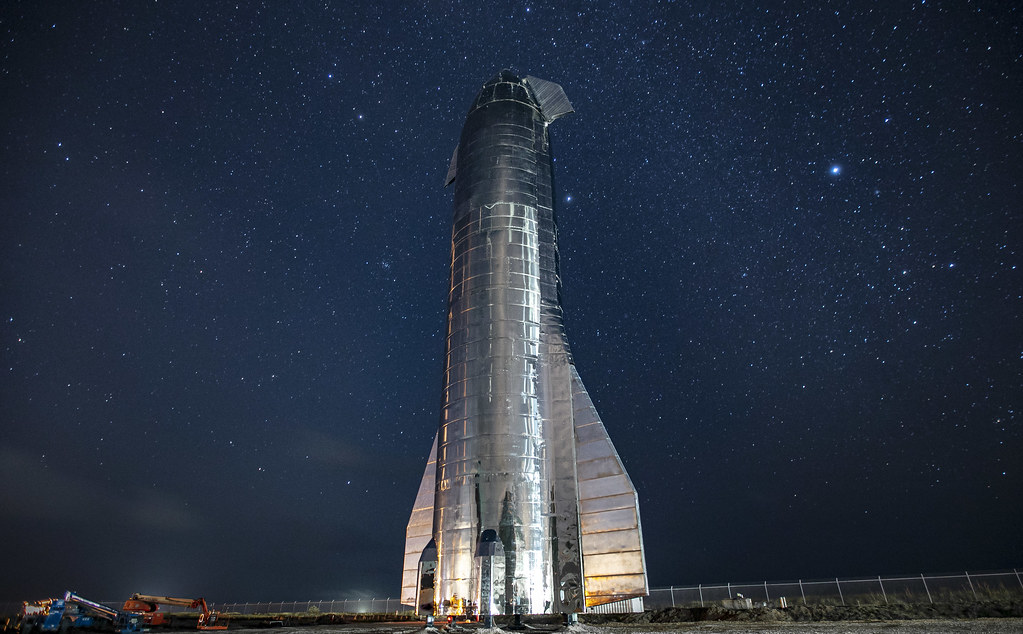
8. Broader Program Implications
Flight 10 results will contribute directly to Block 3 development, intended to bring taller buildings and improved Raptors. Artemis timeline at NASA hinges on orbital refueling for Starship, a target now sliding into Fiscal Year 2026. “They feel very comfortable on Starship… if there’s a hold up for Artemis 3, it’s not going to be them,” according to Acting NASA Administrator Sean Duffy. But without a controlled Block 2 reentry, crucial heat shield and catch hardware are still untested.
SpaceX has just one more Block 2 vehicle Ship 38 before it shifts to the next generation. For program managers and engineers, Flight 10 is less about show and more about pulling out the data required to close design loops that have stayed stubbornly open throughout the year.

